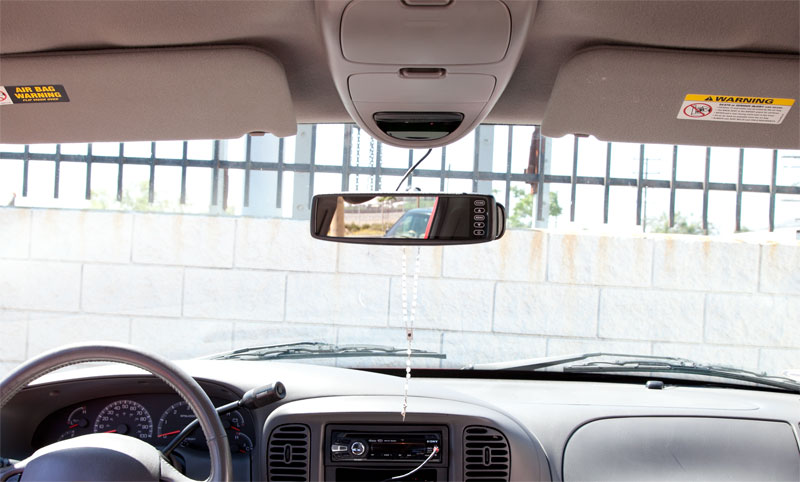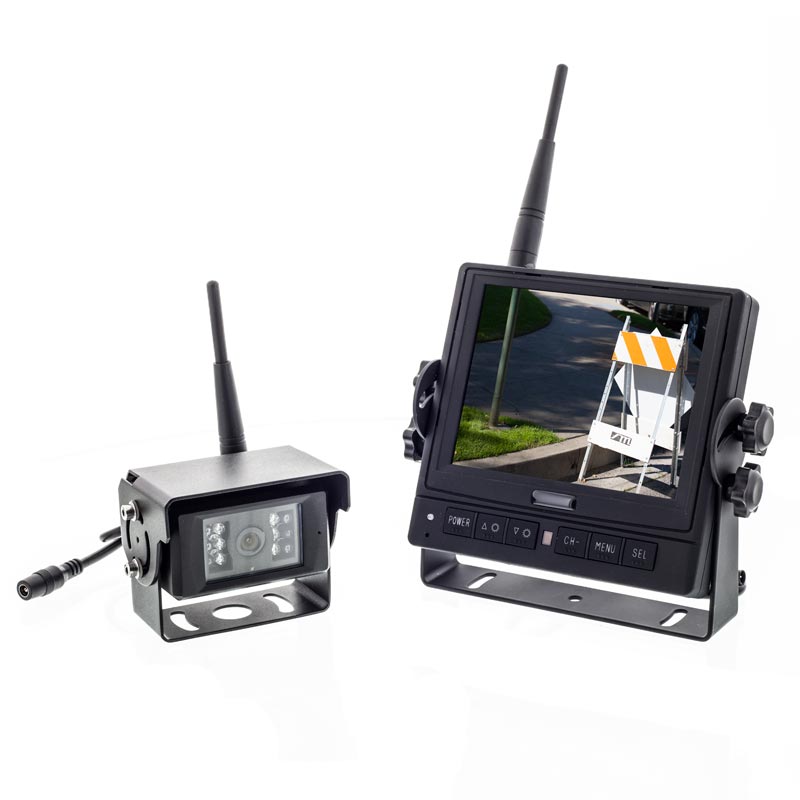
What does viewing angle refer to in backup cameras?
Viewing angle determines how much of your rear you can actually view, the closer the viewing angle is to 180 degrees, the larger your view.
What is infrared do on backup cameras?
Infrared lighting on backup cameras allows for a black and white picture at night or whenever the camera is not receiving sufficient lighting for a standard image. Infrared lights are invisible to the naked eye and are usually found on CMOS type cameras as higher end cameras are capable of producing a good quality image while requiring very little light.
What does reverse image (mirror image) mean on a backup camera?
If you were to try and use a standard camera as a backup camera, what would be on the left hand side of your screen would actually be on the right hand side of your rear. What reverse image does is simply flip the picture so what is on the left hand side of your rear shows up on the left hand side of the screen

How do I connect my backup camera so it is on all the time, not just when I place the vehicle in reverse?
Normally when a backup camera is installed it draws its power directly from the rear tail lights so it only receives power when the vehicle is in reverse. If the backup camera is desired to be on as soon as the vehicle is turned on, the camera must draw power from a power source directly found at the fuse box.
Are backup cameras and backup monitors interchangeable?
Yes, many of our backup cameras and monitors are interchangeable. Normally, many of the backup cameras we carry connect using a single standard RCA cable and many of our backup monitors are equipped with standard RCA inputs. However, our more commercial backup camera systems connect through four pin and even five pin connections making them less interchangeable.
Does the monitor or camera determine whether there are parking grid lines in a backup camera system?
The camera determines whether a backup camera system is able to display parking grid lines.

CCD vs CMOS cameras?
CCD cameras are high end cameras that produce a high quality image and posses great light capturing and color contrast capabilities to produce a quality image even at night. CMOS cameras cost a lot less to produce than CCD cameras but usually require infrared technology to produce a black and white picture at night.
Wired vs wireless backup camera systems?
Wireless backup camera systems are for the most part extremely unrefined technology and are highly susceptible to external noise. Wireless backup camera systems are also a lot more limiting than wired systems as camera and monitor are highly dependent on one another and are unavailable with any monitor bigger than 3.5 inches. Wired systems are a lot more reliable than wireless systems as well as more versatile due to the ability to interchange camera and monitor.

How do I connect a backup camera system so it turns on as soon as the vehicle is in reverse?
Typically this is the way most backup camera systems are installed. There are two ways to do the installation.
1st way
The camera usually draws its power directly from the rear tail lights so it only draws power when the vehicle is in reverse. Most backup monitors will turn on as soon as it senses a video feed or posses a trigger wire that can be ran to a reverse light lead (same place as the camera) so both camera and monitor turn on automatically when the vehicle is in reverse.
2nd way
The monitor and camera are power anytime the vehicles ignition is turned. The system will automatically switch to the back up camera when the vehicle is placed in reverse by connecting the monitor trigger wire to the reverse light of the vehicle. The benefit to this installation is that you can switch the back up camera system on at anytime by pressing the power button on the monitor.











Can the camera/monitor system be used on a vehicle with a positive (+) ground? If so, how is it accomplished?
There is no vehicle that I am familiar with that uses a positive ground, there really is no such thing.